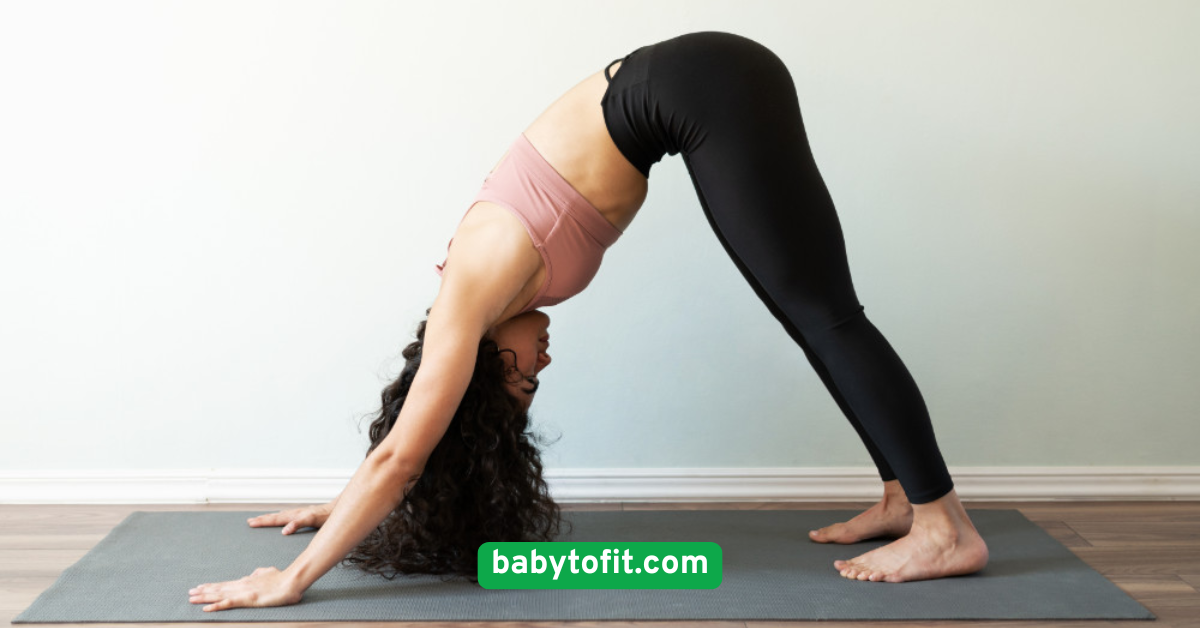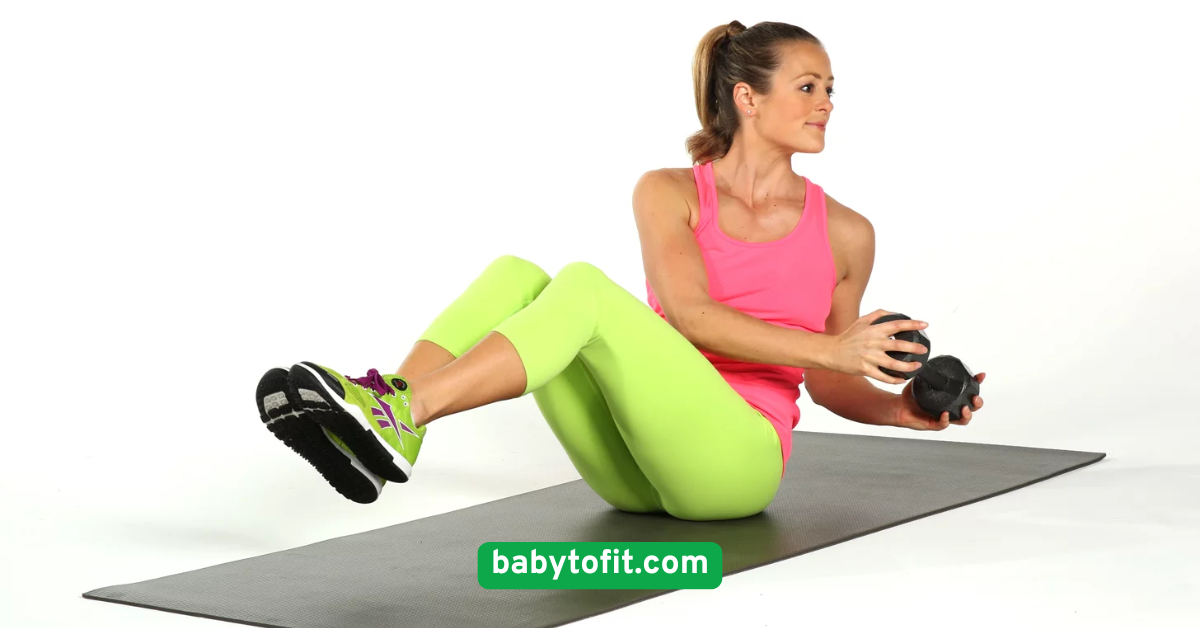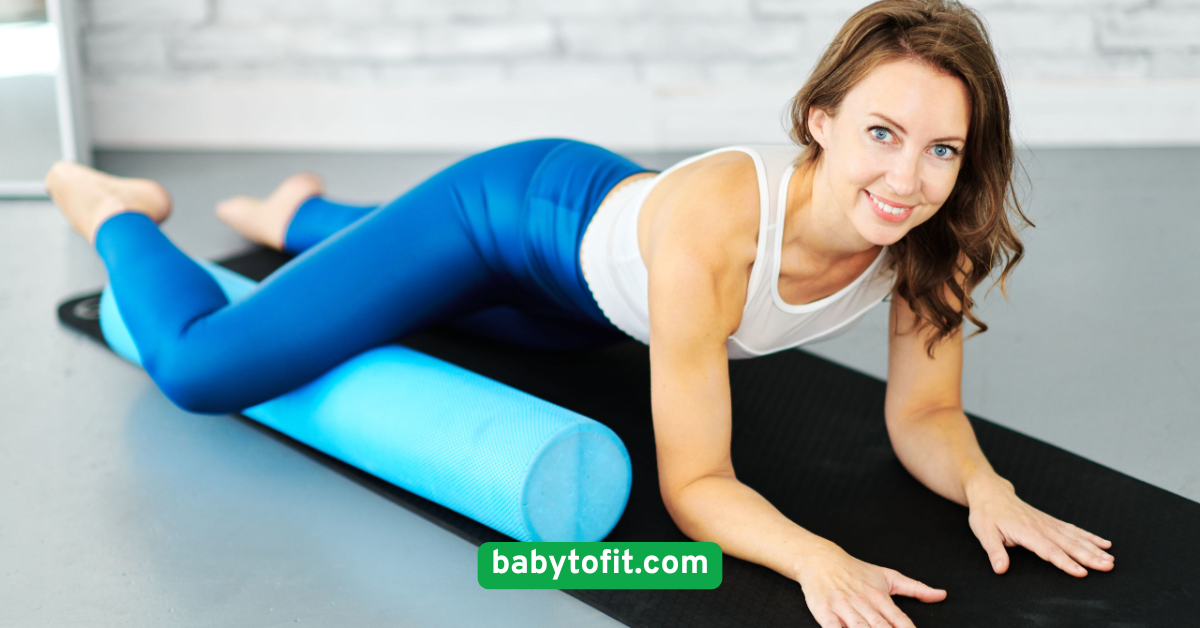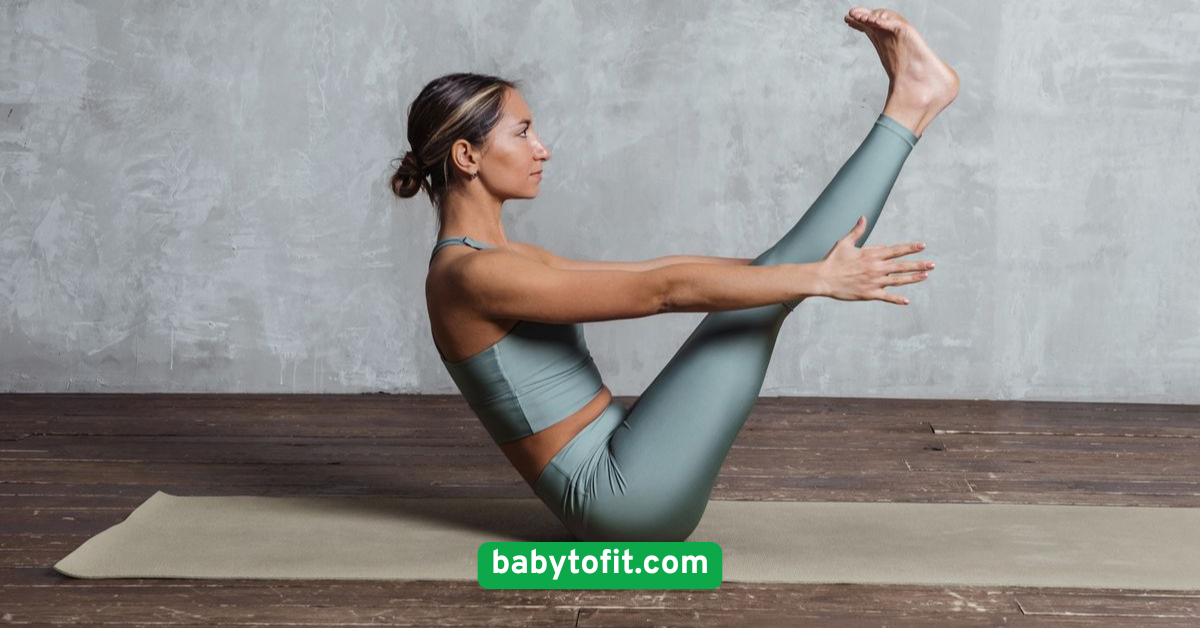15 Gentle Postpartum Workouts for Core Recovery in 2025
1. Pelvic Tilts
Pelvic tilts are a fantastic starting point for postpartum core recovery because they gently engage your deep abdominal muscles without straining your body. This movement also encourages proper spinal alignment and activates the pelvic floor—a critical muscle group that often weakens during pregnancy and delivery.To perform pelvic tilts, lie on your back with knees bent and feet flat on the floor. Slowly tilt your pelvis upward by flattening your lower back against the floor, then release back to the starting position. This subtle motion wakes up your core and helps you regain control over these muscles. Aim for 10-15 slow, mindful repetitions daily.Not only do pelvic tilts strengthen your core, but they also alleviate common postpartum discomforts like lower back pain and pelvic instability. Incorporating them into your routine builds a solid foundation for more challenging exercises down the road.

2. Transverse Abdominal Breathing
Did you know that how you breathe can profoundly impact your core recovery? Transverse abdominal breathing is a technique that focuses on engaging your deepest core muscle — the transverse abdominis — by coordinating breath with abdominal activation.To practice, sit or lie comfortably with one hand on your belly. Inhale deeply through your nose, allowing your abdomen to expand, then exhale slowly while gently pulling your belly button toward your spine. This method encourages core engagement without added pressure.Integrating transverse abdominal breathing into your daily routine supports healing of diastasis recti and improves posture. Plus, this mindful breathing reduces stress and increases oxygen flow, giving your body an energizing boost. It’s a simple but powerful exercise you can do anywhere!

3. Heel Slides
Heel slides are a gentle exercise that targets the lower abdominal muscles—an area that often feels weak postpartum. This movement helps you regain core control while keeping pressure off the pelvic floor.Start lying on your back with knees bent and feet flat on the floor. Slowly slide one heel away from your body, straightening the leg while keeping your core engaged. Return the foot to the starting position and repeat with the other leg. Maintain a slow pace and avoid arching your lower back.Heel slides improve coordination between your core and lower body and contribute to rebuilding strength gradually. Try 10-12 reps on each side, focusing on smooth, controlled motions.

4. Modified Side Plank
The side plank is excellent for strengthening your obliques and improving overall core stability. For postpartum recovery, it’s important to modify the traditional plank to avoid excess pressure on your abdominal separation.Begin lying on your side with your forearm on the floor, knees bent, and hips lifted off the ground to form a straight line from head to knees. Hold this position for 10-20 seconds, gradually increasing as your strength improves.This exercise promotes side core strength and pelvic stability, helping with posture and balance. Be mindful of any discomfort, and stop if you feel strain near your abdomen. Consistency will gradually build resilience.

5. Cat-Cow Stretch
The Cat-Cow stretch is a gentle yoga movement that encourages spinal mobility and core awareness, both essential during postpartum recovery. It relieves tension from the back and neck — common areas of discomfort for new moms.Start on your hands and knees, wrists under shoulders and knees under hips. Inhale as you arch your back, lifting your head and tailbone (Cow). Exhale while rounding your spine, tucking your chin and pelvis (Cat). Flow slowly with your breath.This movement not only stretches and strengthens your back muscles but also helps awaken your core with minimal effort. Incorporate 8-10 rounds daily to improve flexibility and soothe postpartum muscle stiffness.

6. Bridge Pose
Bridge pose is a fantastic exercise that activates your glutes, lower back, and core, aiding pelvic stability and posture. It’s especially helpful for postpartum women recovering from abdominal separation.Lie on your back with knees bent and feet hip-width apart. Slowly lift your hips toward the ceiling by squeezing your glutes and engaging your core, then lower down slowly. Avoid overextending your back.This movement strengthens the posterior chain, improving balance and reducing back pain common after childbirth. Begin with 10-12 repetitions, focusing on controlled movement and deep breathing.

7. Dead Bug Exercise
The dead bug exercise is a controlled movement targeting your deep core muscles while promoting coordination and spinal stability. It’s safe for moms managing diastasis recti when done carefully.Lie on your back with arms extended toward the ceiling and knees bent at 90 degrees. Slowly lower your right arm and left leg toward the floor without arching your back, then return to the starting position and switch sides.This exercise improves core endurance and control, essential for daily activities with your baby. Start with 6-8 slow reps on each side, gradually increasing as you regain strength.

8. Seated Marching
Seated marching is an accessible, low-impact exercise that engages your core and hip flexors while boosting circulation. It’s perfect for early postpartum days or when mobility feels limited.Sit tall on a sturdy chair with feet flat. Lift one knee toward your chest, lower it, then lift the other in a steady marching rhythm. Keep your spine straight and core engaged.This exercise improves coordination, gently elevates your heart rate, and builds endurance. Incorporate 1-2 minutes sessions multiple times a day, progressing as you feel ready.

9. Standing Side Bends
Standing side bends offer a gentle way to stretch and strengthen the lateral core muscles, enhancing flexibility and tone postpartum.Stand with feet hip-width apart, arms relaxed at your sides. Slowly slide one arm down your side as you bend gently to that side, feeling a stretch along your torso. Return to center and repeat on the other side.Add light resistance with a small weight or water bottle for increased strengthening once comfortable. Practice 8-10 bends per side to improve core balance and mobility.

10. Wall Push-Ups
Wall push-ups are a beginner-friendly way to strengthen your upper body and core without putting too much strain on recovering muscles.Stand facing a wall, arms extended at shoulder height. Bend your elbows slowly, bringing your chest toward the wall, then push back to start. Keep your core engaged and spine neutral.This exercise builds arm, shoulder, and chest strength, supporting everyday activities like holding and lifting your baby. Aim for 2-3 sets of 10-15 reps, progressing to more challenging variations as you heal.

11. Bird-Dog Exercise
The bird-dog promotes core stability and balance, essential for rebuilding strength postpartum.Start on all fours with wrists under shoulders and knees under hips. Extend your right arm forward and left leg back simultaneously, keeping your core tight and hips level. Hold briefly, then return and switch sides.This movement strengthens back muscles and improves coordination. Begin with 8-10 reps per side, focusing on smooth, controlled movements.

12. Seated Russian Twists (Modified)
Modified seated Russian twists target oblique muscles gently, enhancing core tone without stressing abdominal separation.Sit on the floor with knees bent and feet flat. Lean back slightly while maintaining a straight spine. Slowly twist your torso to one side, then the other, keeping movements controlled and engaging your core.Avoid twisting too far or fast to prevent strain. Perform 10-12 controlled twists per side for improved oblique strength and rotation.

13. Side-Lying Leg Lifts
Side-lying leg lifts strengthen hip stabilizers and support pelvic alignment, contributing to a stronger core foundation.Lie on your side with legs straight and stacked. Slowly lift the top leg towards the ceiling, then lower with control. Switch sides after completing reps.This exercise enhances hip and core stability, important for balance and mobility postpartum. Start with 10-15 reps per side.

14. Child’s Pose with Core Engagement
Child’s Pose is a restorative stretch that can be enhanced by engaging your core muscles to promote gentle activation during relaxation.Kneel with knees apart and big toes touching. Extend your arms forward and lower your chest toward the floor. While holding, gently draw your belly button toward your spine to engage your core.This pose calms your nervous system, relieves tension, and supports mindful core activation. Hold for 30 seconds to 1 minute, focusing on deep breathing.

15. Wall Squats
Wall squats are a low-impact way to strengthen your lower body and core simultaneously, supporting overall stability.Stand with your back against a wall and feet shoulder-width apart. Slowly slide down the wall until your knees are bent at a comfortable angle. Hold briefly and then rise.Maintain a neutral spine and engage your core throughout. Begin with 10-12 reps, increasing duration and sets as strength improves.

Conclusion
Rebuilding your core postpartum is a gradual, rewarding journey that requires patience, care, and consistency. These 15 gentle workouts offer safe, effective ways to restore strength, improve stability, and support your overall well-being. Remember, listen to your body, honor your progress, and celebrate every small victory.
Embrace these exercises as tools to regain confidence and vitality in motherhood. Your core is the foundation for all you do — let’s nurture it back to strength, one gentle move at a time!





